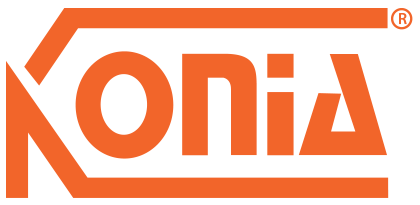Building information modeling (BIM) is becoming the baseline standard for building planning and fabrication management for good reason. As buildings become more sophisticated and detailed, the demands and expectations for greater collaboration, better decision-making and more sustainable options also grow.
The power of BIM software helps you meet these demands while reducing costs and improving productivity. This can lead to an overall reduction in inefficiencies like unprofitable bids, inaccurate planning and costly onsite errors.
When you’re trying to decide on the right BIM software to help your company excel, there are plenty of things to take into account. For instance, can the software handle the type of highly-detailed models that are becoming more prevalent in the industry? Can you use it for buildings with more than one type of material? Is it compatible with other types of software you or your partners use? And, importantly, can it be customized to work with the components you use in your current workflows?
1. Tackling highly-detailed models
As the industry continues making the shift from 2D drawings to 3D Models, workers are seeing the benefits in adding more detail to models. Working with a 3D model gives you the opportunity to add more essential information for the construction process, reducing onsite issues, RFIs and costly rework. The more detail you put into the model, the more likely you are to spot a problem on your computer screen before you’re on the job site.
However, the more detail a model has, the larger and denser it becomes. Unfortunately, most BIM software isn’t yet equipped to efficiently handle larger models without slowing down the entire process—with the exception being Tekla Structures. Because of the powerful modeling capabilities within Tekla Structures, you can add as much detail and information that the model needs, and ensure everyone involved in a project has access to the data they need to guarantee successful construction
2. Working with multiple materials
Even if you specialize in one type of material, it’s likely you’ll work on projects that include more than one in the design. While it would seem to make sense for a BIM software to make it simple to use multiple materials in a model, many of them turn this process into an overly complicated one or don’t support it at all.
When you use Tekla Structures as your BIM software solution, you can incorporate multiple different materials into your model using the built-in tools within the software. Whether you’re using rebar, cold-formed steel or even timber, the interface on Tekla Structures makes it easy to add these components, making it possible for you to take on more highly-detailed—and lucrative—projects.
3. Integrating with other software
Construction project parties should be able to work together seamlessly regardless of the tools they use. Collaborative workflows with fluent data sharing are the key to minimizing errors and maximizing efficiency in the building and construction industry, resulting in increased profitability and on-time project completion.
To achieve smooth construction workflows and realization of designs, Tekla software is designed for project members to be able to easily collaborate throughout design and construction, regardless of the software solutions they use. Because Tekla software doesn’t use or promote a proprietary file format, it’s much more flexible when it comes to interoperability. This is especially true when handling, viewing and converting IFC (Industry Foundation Class) files.
Tekla’s Open API makes it possible for Tekla Structures to effectively integrate with other building and construction industry software solutions, while maintaining the highest levels of data integrity and accuracy.
4. Customizing to your workflow
Adopting the right BIM software solution comes with perks for your business, but can be difficult to integrate if it can’t adapt to your workflow and the components you use the most often. If you have to spend a ton of time on models trying to figure out workarounds, then you’re not experiencing the full benefit of using BIM software.
Tekla Structures stands out in the marketplace because of the ability to create custom components, a customized interface and other customization tools, like reports and drawings tailored to your project or company needs. No matter how unique the projects are that you typically work on, it’s easy to tailor Tekla Structures to work with your company’s specific needs and workflows.
Consider these benefits not just in terms of saved time and money, but also the improved productivity and efficiency that come with using the right tool. Find out more about Tekla Structures, and why it’s the best option to bid more effectively, collaborate seamlessly and work more efficiently, by following the link below to contact your local Tekla representative.
Source: tekla.blog


 Tiếng Việt
Tiếng Việt